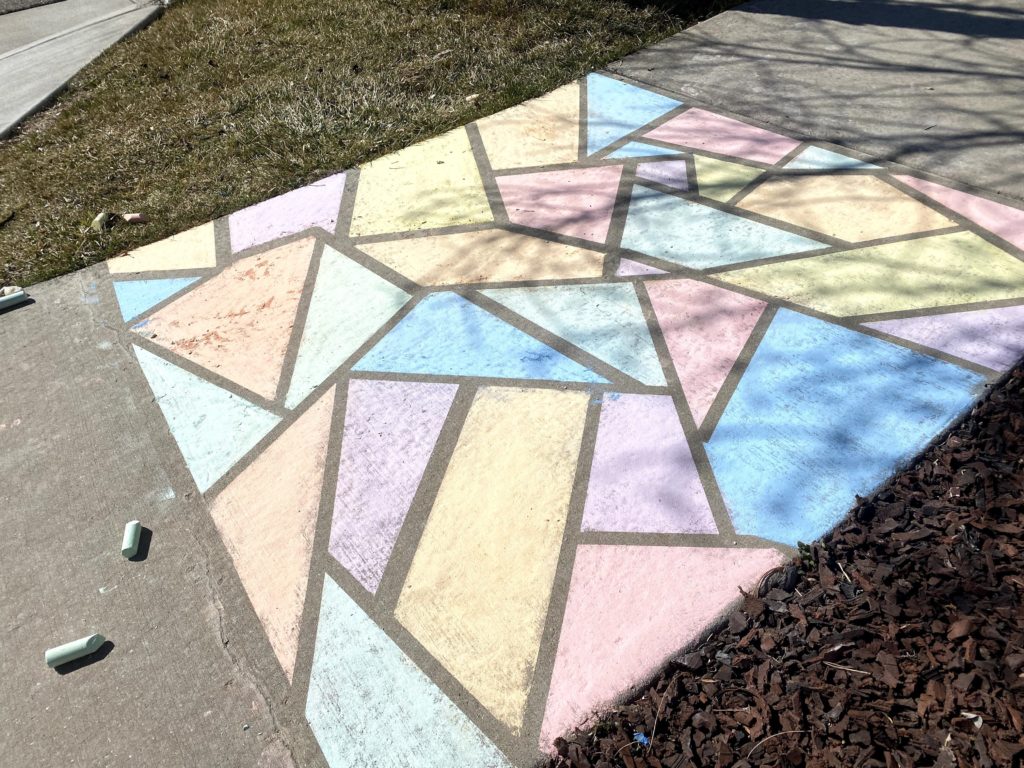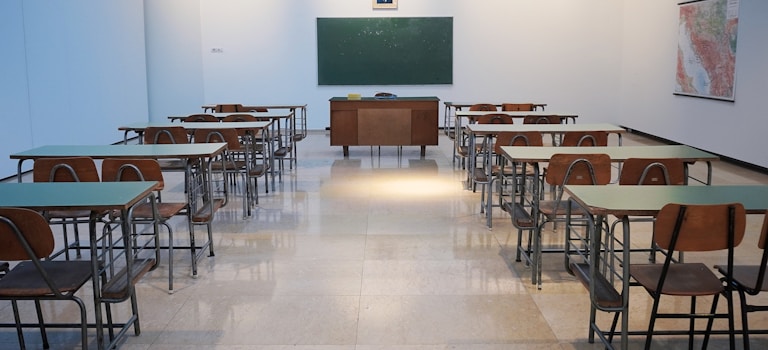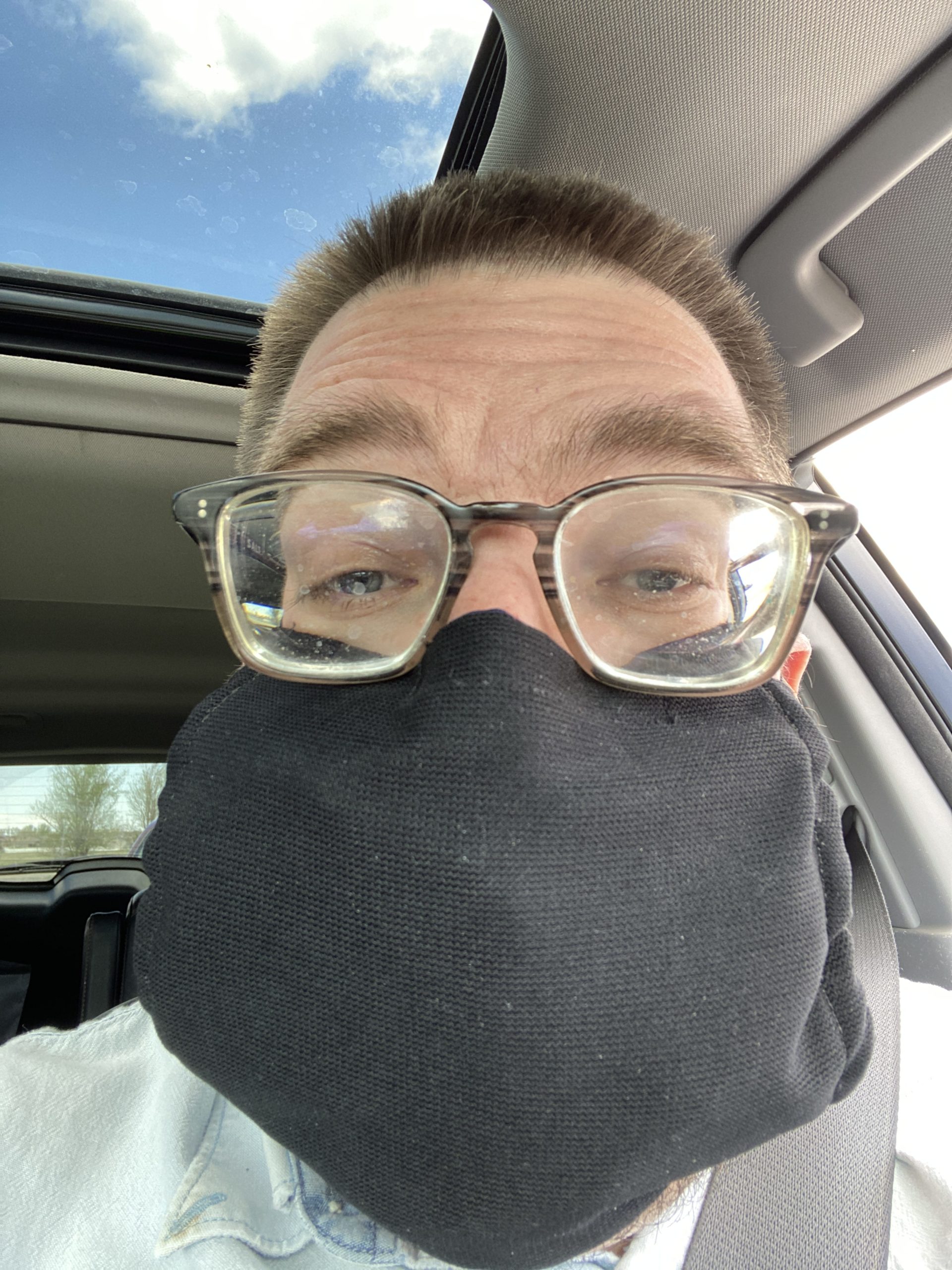One year ago this week, the world changed. Looking back over the last year, it’s astonishing to realize just how different things have been and how we had no idea just how long things were going to be this way.

I’m now thinking of March 10 and 11, in the same way, I think of September 10, 2021 – a contrasting barometer for just how much life changed in a matter of days. Hearing the news that the WHO declared a Pandemic didn’t really resonate with me right away. My friend Matt and I met up for dinner that night and went to a minor league hockey game.
I started to feel a little bit of the tension as our phones were lighting up with the news about Tom Hanks, the Utah Jazz game being canceled right before tip-off, then the President addressing the nation that night. I experienced all that news second-hand during a sparsely-attended hockey game. As we were walking back to our cars after the game, someone proclaimed that it’s probably going to be the last game for a while – but I never realized that would be the last time I’d be at a live event or eating dinner indoors for over a year.
Two days later, we got an email halfway through the day (on Friday the 13th, no less) that the kids were going to be home for the next two weeks, followed by spring break. At the time, it seemed like it was going to be daunting having the kids home while we were working. We shifted around our basement to make it an indoor play area. Being stuck inside (because the weather was also cold), hours seemed like days. The two weeks went and we were trying to do remote schooling for Clara through independent assignments. Everyone was trying their best, but life was definitely disrupted.
Life Today
As we look back and reflect on the last year, there’s so much that has changed. We haven’t traveled further than one hour away from home. We haven’t seen the dining room of a restaurant, or the inside of a coffee shop. It’s a big deal when all four of our nuclear family go to the store or run errands. There are many friends that we haven’t seen in person. We have a niece and nephew that we haven’t met yet.
Watching our community respond to this virus has been a mixed bag. It’s been inspiring to watch our health care workers, educators, and the countless number of unsung heroes turn the cogs of our society display their resiliency and determination. However, it’s sad to witness some who I’ve really respected fall prey to cynicism, distrust, and suspicion. People who espouse themselves as fiercely protective of life being unwilling to perform an act of charity to their community by wearing a mask. They shout that people are living in fear while masking their own denial that we are living out history, with the fact that our lives are disrupted by unseen forces. I suppose it’s easier berating a straw man rather than coming to terms that there really isn’t a single person or group that’s responsible for this.
Yet, there is reason to be hopeful. We have thankfully avoided the virus and the concerns that go along with getting others sick. Bethany and I have both received our second doses of vaccine and are looking forward to unlocking many activities that we previously haven’t been able to do. We’ve been thankful that our girls have been able to go to in-person school and daycare throughout this time. They’ve definitely had to make adjustments – especially Clara – but it’s amazing how resilient the kids have been. Optimism is in the air and is becoming contagious, hopefully much more than this awful virus.

